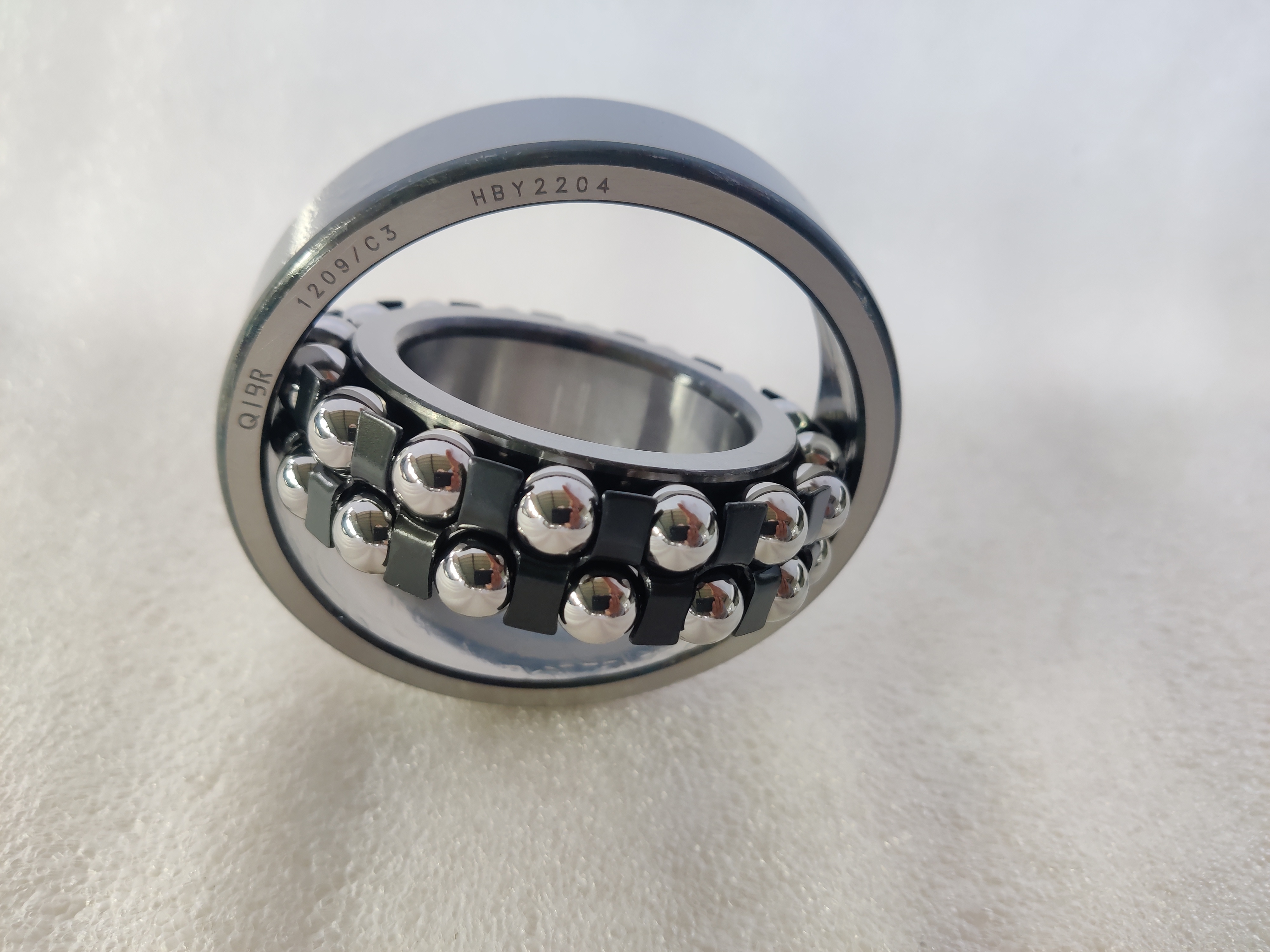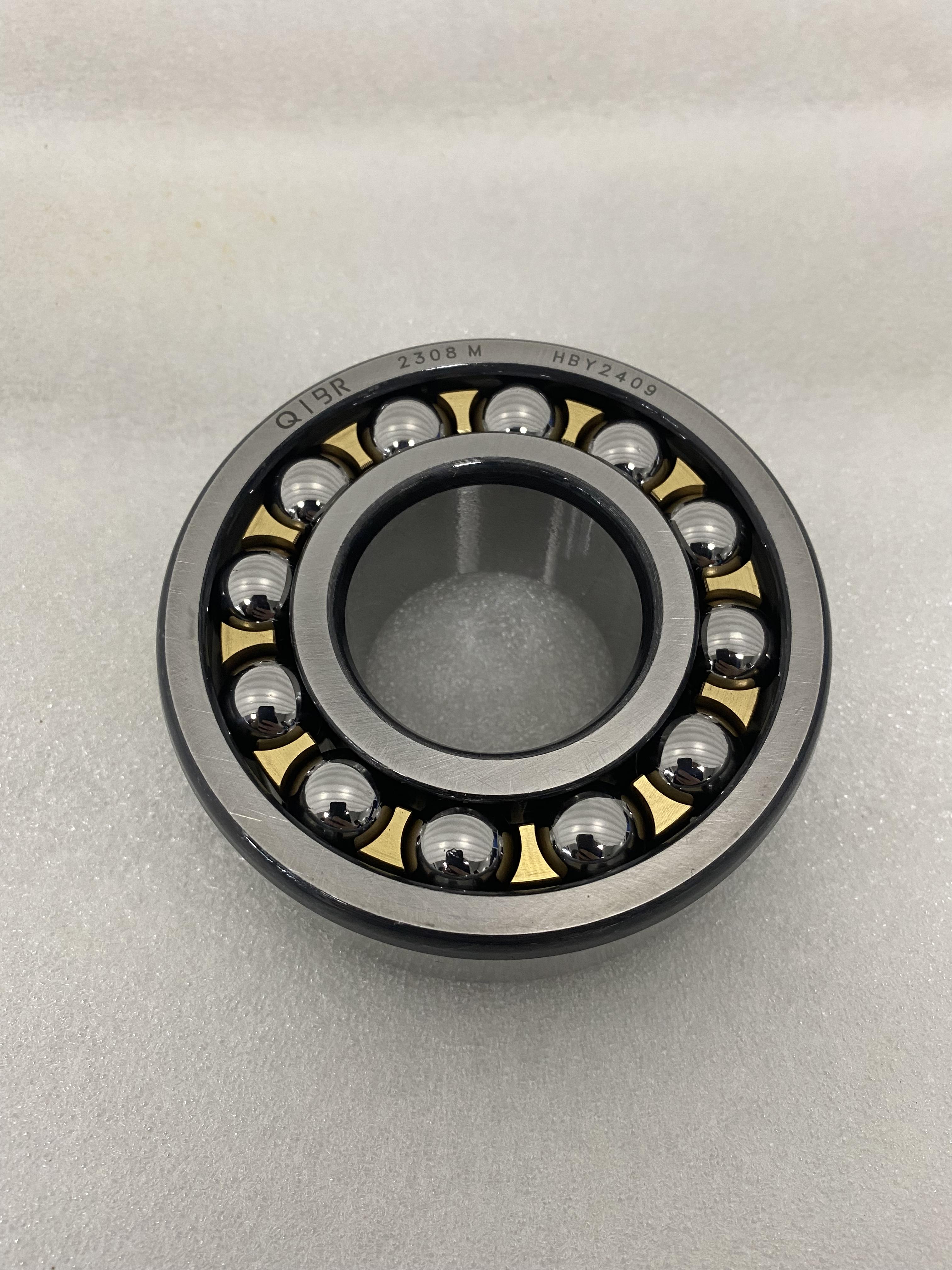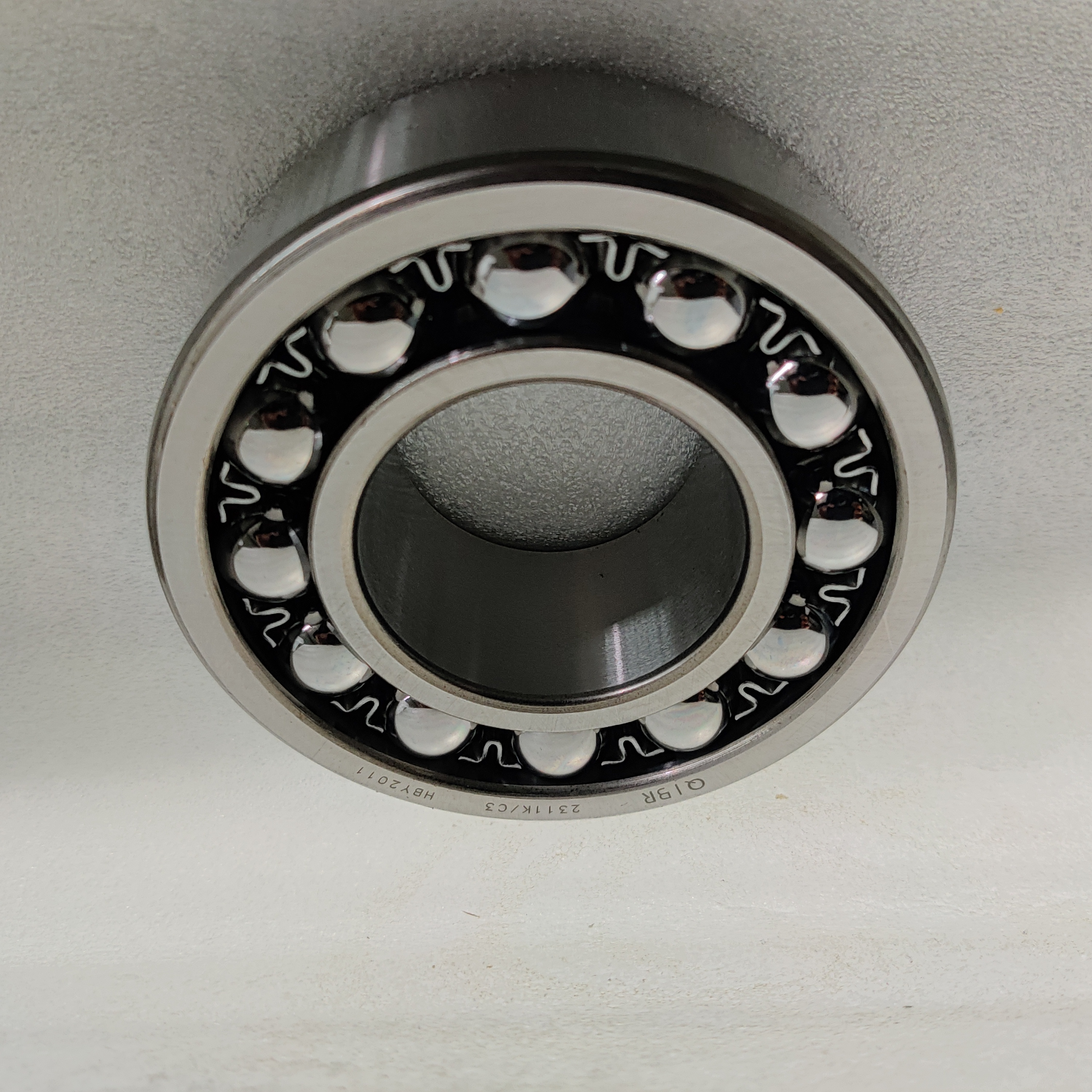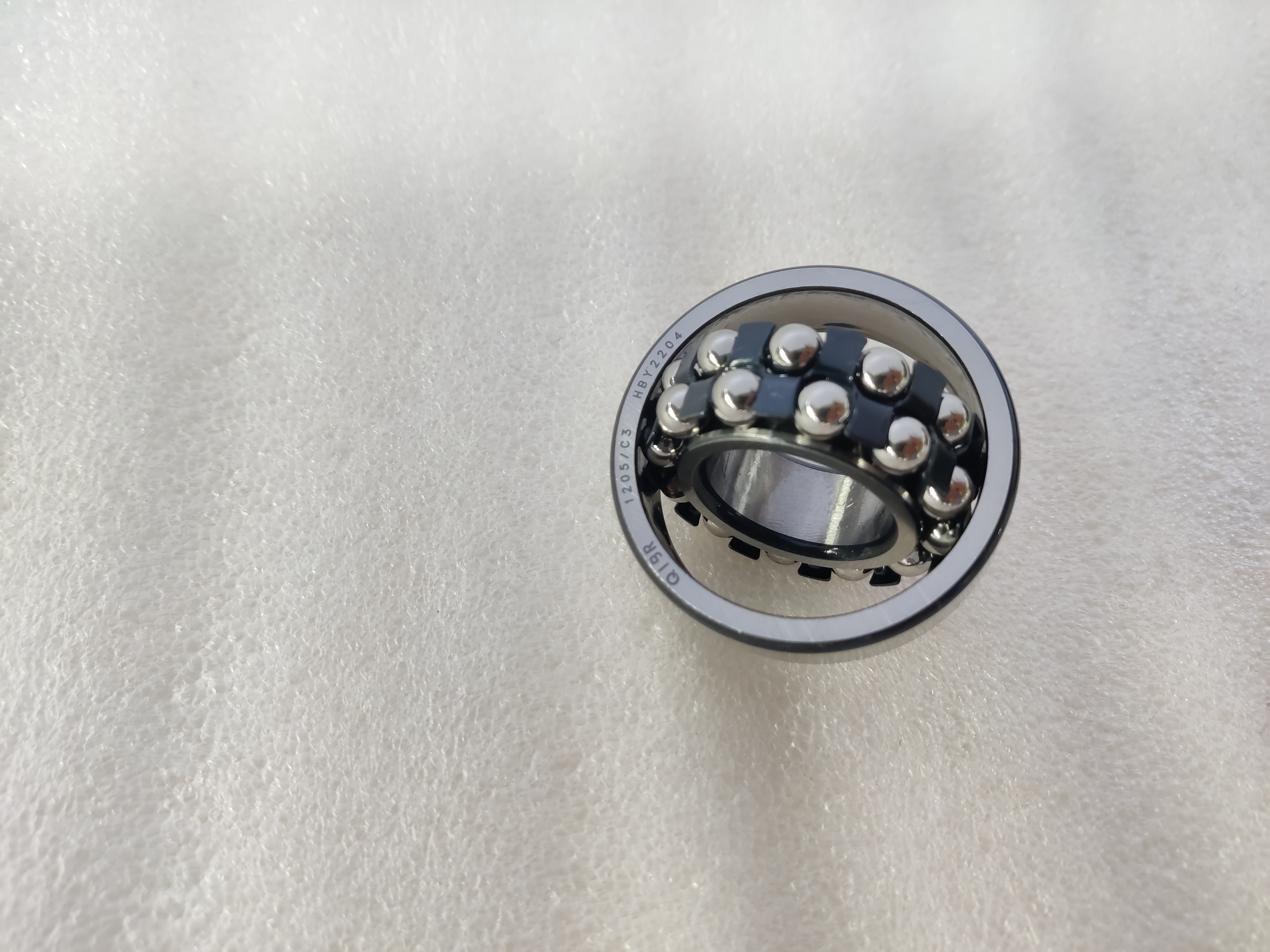Newsroom
How to make the self-aligning ball bearings easy to use and durable?
2024-11-08To make self-aligning ball bearings more effective and durable, multiple aspects should be considered, including proper installation and removal, adequate lubrication and maintenance, and appropriate usage conditions. Below are some specific measures and recommendations:

1.Choose the Right Bearing
I.Understand Usage Conditions: Analyze the machinery's function, structure, the bearing's application, load (size, direction), rotation speed, vibration impact, bearing temperature (ambient and thermal rise), and environmental factors (corrosiveness, cleanliness, lubrication).
II.Select the Proper Bearing Configuration: Typically, shafts are supported radially and axially by two bearings. One side acts as the fixed-side bearing to handle radial and axial loads, while the other acts as the free-side bearing, taking only radial loads and allowing axial movement. Choose a configuration like fixed and free-end bearings to ensure shaft stability and bearing longevity.
2.Correct Installation and Removal
I.Use Proper Tools: Use appropriate tools like wrenches, screwdrivers, and pliers to improve installation efficiency and avoid damaging self-aligning ball bearings.
II.Follow Installation Sequence: Generally, install the outer ring first, then the inner ring, and lastly the cage. Ensure the correct order to prevent wear or damage to the bearings.
III.Clean and Inspect: Clean the bearing surfaces thoroughly before installation, checking for any foreign objects or damage.
IV.Ensure Proper Fit: Ensure an appropriate fit between the bearing and shaft or housing to avoid being too tight or too loose.
V.Follow Manufacturer Guidelines: Follow the manufacturer’s installation and removal instructions to ensure correct operation.

3.Proper Lubrication and Maintenance
I.Select the Right Lubricant: Choose a suitable lubricant, such as oil or grease, based on the bearing type and operating environment.
II.Regularly Replace Lubricant: Regularly inspect the lubrication performance and replace the lubricant based on usage time and mileage.
III.Avoid Excess or Insufficient Lubrication: Too much or too little lubricant can cause overheating or insufficient lubrication.
IV.Regular Cleaning and Inspection: Clean the bearing and surrounding area periodically to remove residues and foreign objects. Inspect for wear, appearance, and rotation flexibility to identify and address issues early.
4.Appropriate Usage Conditions
I.Control the Load: Ensure equipment operates within rated load limits to avoid overloading. If the load changes, adjust the bearing to accommodate these changes.
II.Monitor Temperature: Regularly check bearing temperature to ensure it remains within a normal range. For high-temperature or heavy-duty applications, consider using special materials or installation methods to reduce heat.
III.Prevent Impact and Vibration: Avoid exposing the bearing to impact or vibration, which could damage or loosen the bearing. For applications prone to impact, consider using cushioned bearings or shock-resistant designs.

5.Regular Maintenance and Replacement
I.Preventive Maintenance: Perform preventive maintenance on self-aligning ball bearings that are prone to failure.
II.Replace parts that are prone to wear, such as balls or cages, on a scheduled basis.
III.Regularly Replace Wear-Prone Parts: Replace When Necessary: If a bearing is severely damaged or fails to meet performance requirements, replace it promptly with a suitable model and grade, following correct procedures.
By choosing appropriate self-aligning ball bearings, ensuring correct installation and removal, providing proper lubrication and maintenance, and maintaining suitable usage conditions, the durability and performance of the bearings can be significantly enhanced.

For more information, feel free to contact QIBR


